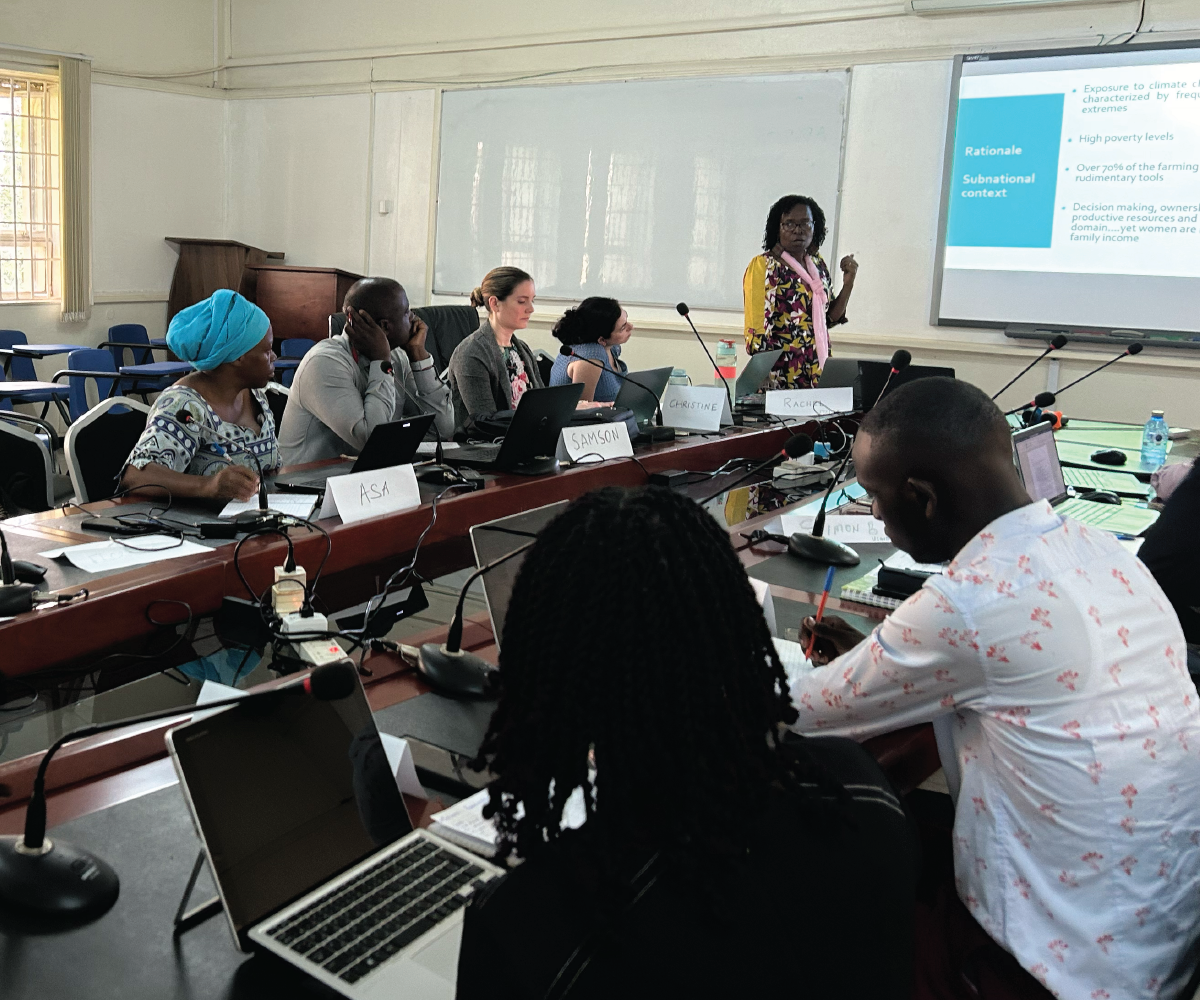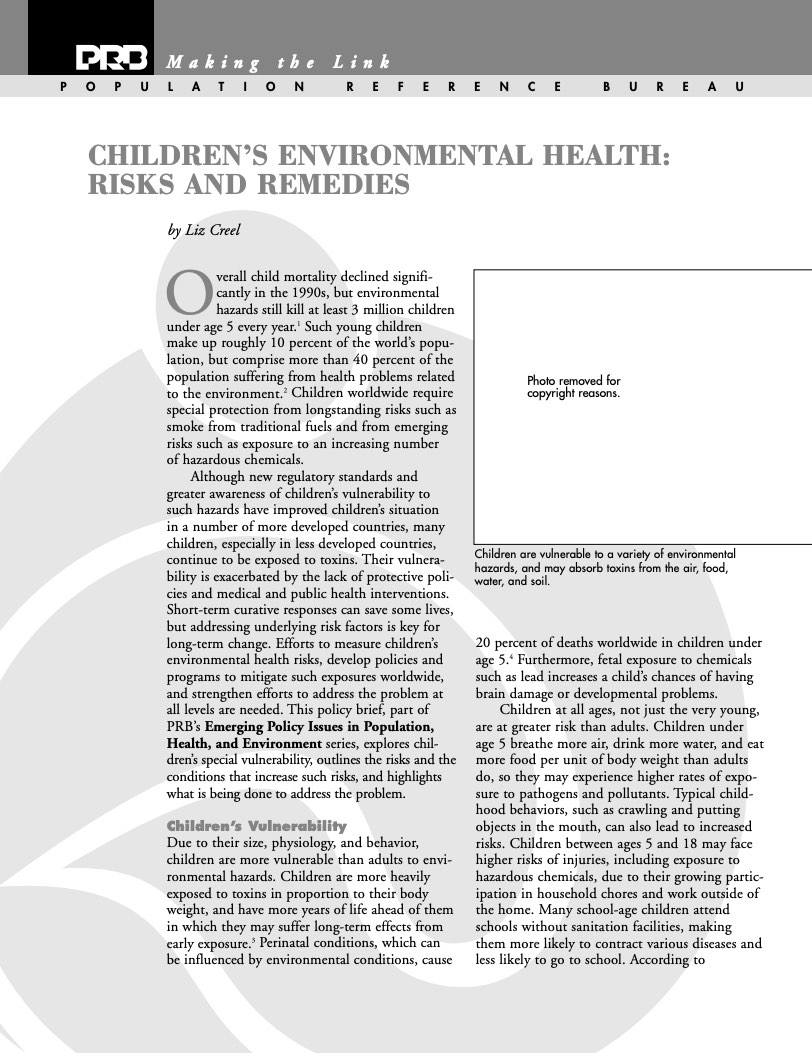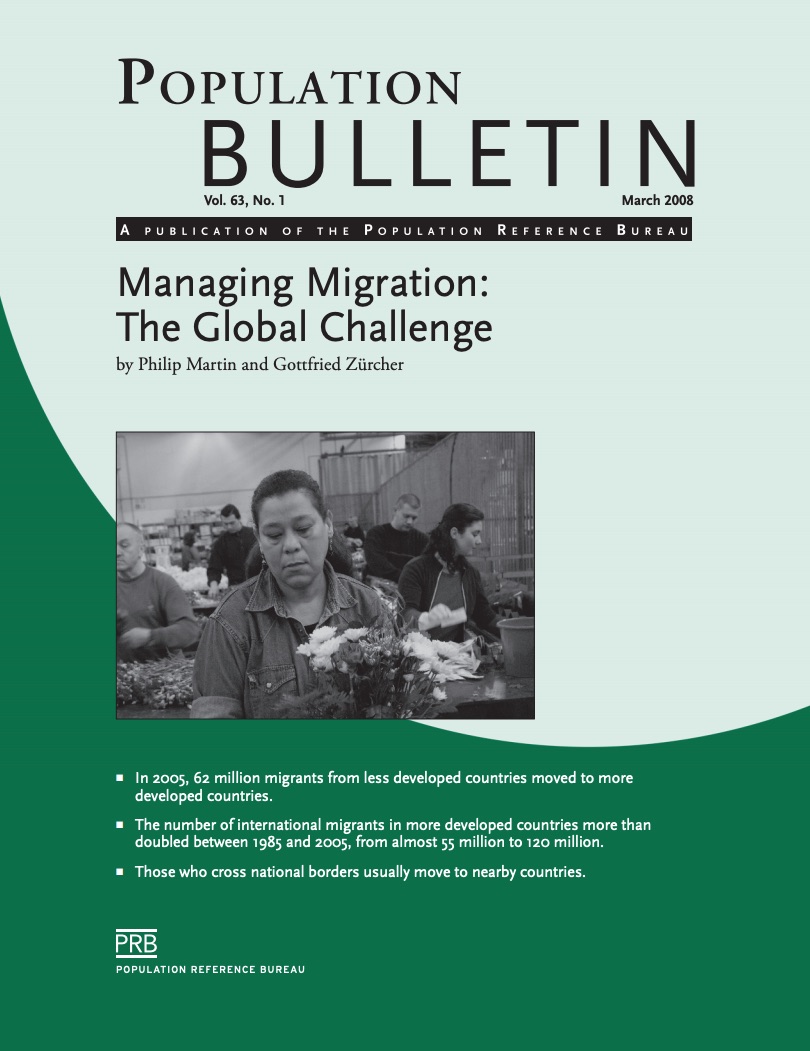From Paper to Practice: How PRB Supports Researchers to Put Their Results Into Action
Through the Research Technical Assistance Center (RTAC), PRB helps researchers communicate their work more effectively to target audiences with workshops, toolkits, webinars, and product development.



